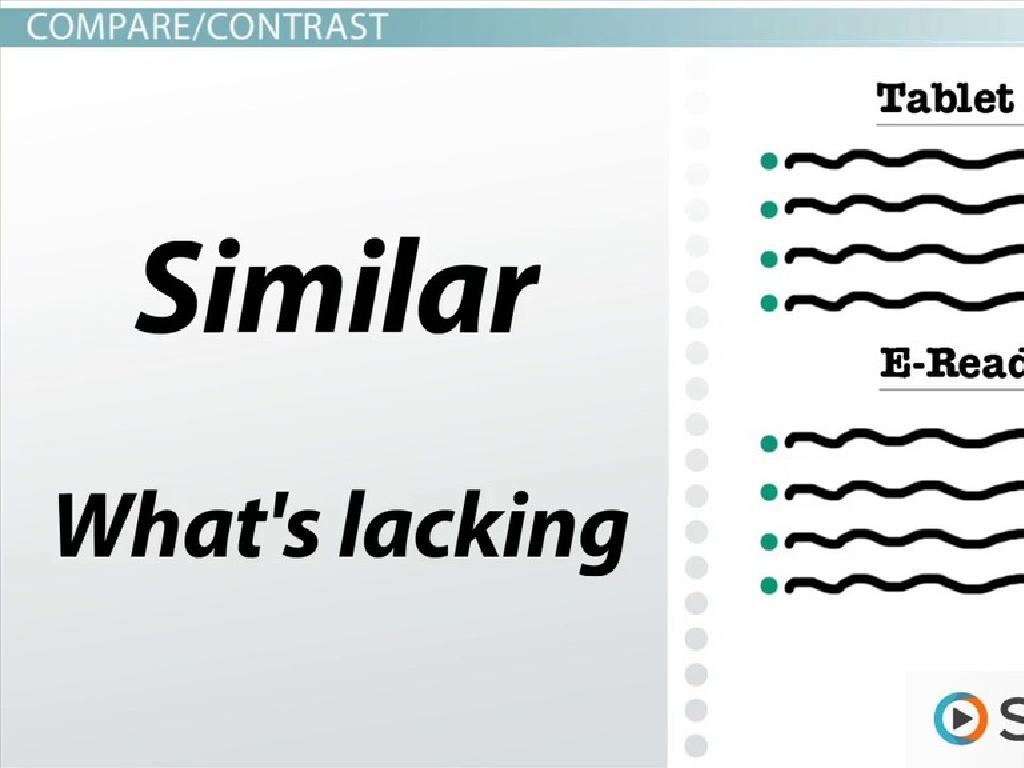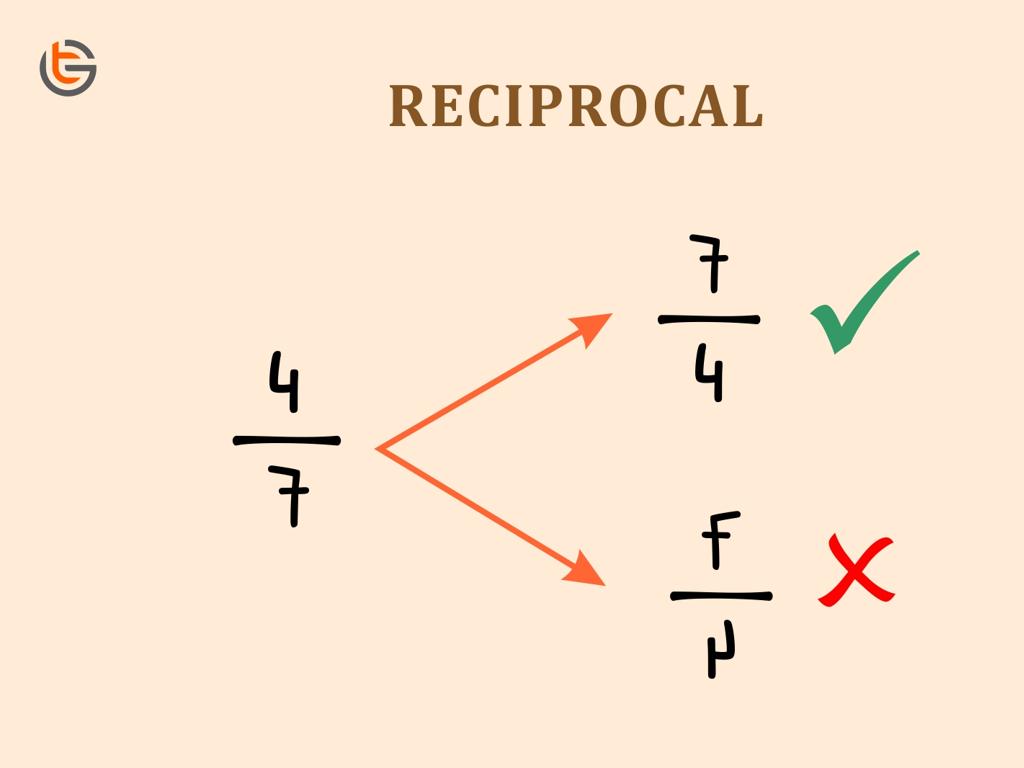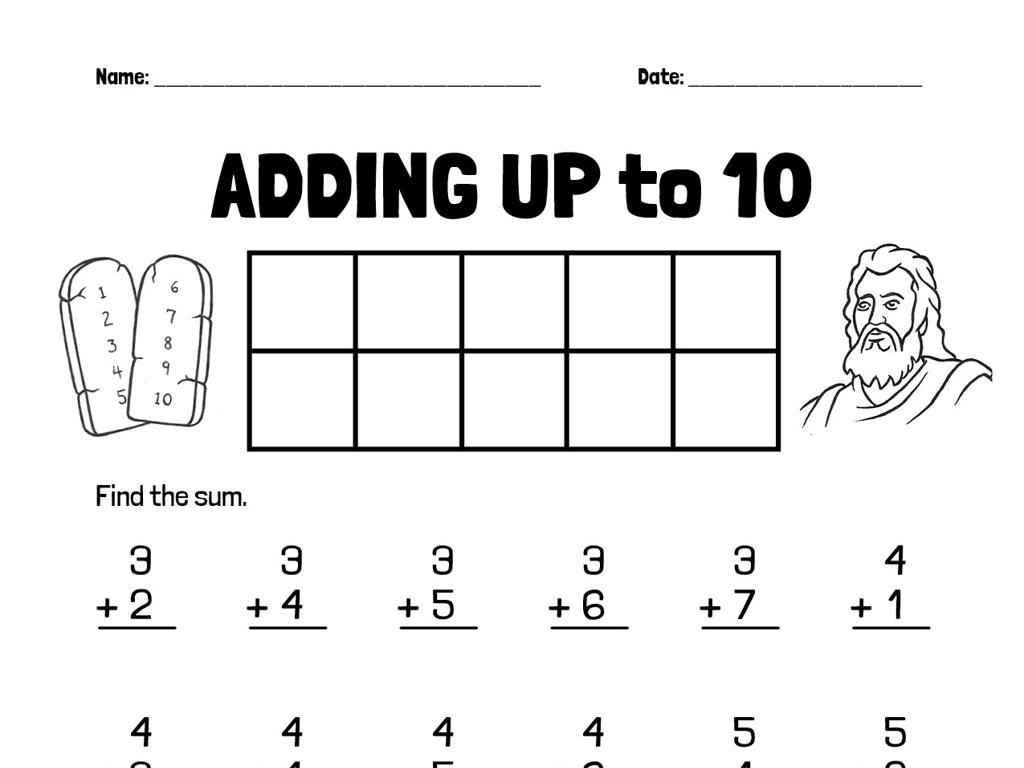Analyze Passages From The Giver: Part 1
Subject: Language arts
Grade: Seventh grade
Topic: Novel Study
Please LOG IN to download the presentation. Access is available to registered users only.
View More Content
Welcome to Novel Study: The Giver
– Introduction to ‘The Giver’
– A novel by Lois Lowry about a controlled, utopian society
– Exploring Dystopian Fiction
– Dystopian fiction: explores societal flaws & challenges
– Novel study expectations
– We’ll analyze themes, characters, & the author’s message
– Engaging with the text
|
This slide introduces students to ‘The Giver’, a novel by Lois Lowry, which is set in a seemingly perfect society with underlying dystopian themes. Students will explore the characteristics of dystopian fiction, a genre that often critiques social and political structures by presenting an exaggerated worst-case scenario. Throughout our novel study, students will be expected to engage critically with the text, analyzing themes, character development, and the author’s purpose. Encourage students to think about how the story relates to their own experiences and the world around them. This will help them connect with the material and foster a deeper understanding of the novel’s messages.
Exploring the Setting of ‘The Giver’
– ‘The Giver’s’ dystopian world
– A controlled, uniform community with strict rules
– Traits of dystopian societies
– Often feature oppression and illusion of a perfect society
– Setting’s impact on the narrative
– It shapes characters’ experiences and choices
– Analyzing the community’s rules
– Consider how the rules of the community affect Jonas
|
This slide aims to delve into the setting of ‘The Giver’ and its significance in the story. Students should understand that the novel is set in a dystopian society, which is characterized by oppressive control and the guise of utopia. Discuss how the setting influences the characters, particularly the protagonist, Jonas. The setting is not just a backdrop but a driving force in the narrative that shapes the characters’ lives and decisions. Encourage students to think critically about the community’s rules and how they would feel living under such conditions. This will help them analyze the deeper themes of the novel and understand the characters’ motivations.
Meet the Characters of The Giver
– Introduction to Jonas
– Jonas is the curious and insightful protagonist.
– Character roles and relationships
– Explore how characters like The Giver and Jonas’s family connect.
– Significance of character traits
– Traits like Jonas’s intelligence and The Giver’s wisdom drive the plot.
– How traits influence the story
– Characters’ decisions and growth are shaped by their traits.
|
This slide introduces students to the main characters of ‘The Giver’, focusing on Jonas, the protagonist. Discuss how each character’s role and their relationships with one another contribute to the development of the story. Highlight the importance of character traits, such as Jonas’s courage and The Giver’s understanding, and how these traits affect the narrative and themes of the novel. Encourage students to think about how the characters’ traits influence their decisions and the story’s outcome. This will set the stage for deeper analysis of character development and theme exploration in subsequent classes.
Exploring Themes and Symbols in The Giver
– Identify key themes
– Themes like freedom, individuality, and community shape the story.
– Discuss symbols and meanings
– Symbols such as the apple, the river, or the sled represent deeper ideas.
– Connect themes and symbols to narrative
– How do themes and symbols enhance the story’s message?
– Analyze their impact on the story
– Consider how themes and symbols influence our perception of the characters and events.
|
This slide aims to delve into the literary elements of themes and symbols within ‘The Giver’. Students should be encouraged to think critically about the underlying messages in the novel. Key themes to discuss include the importance of memory, the concept of sameness, and the value of emotions. Symbols like the color red and Gabriel, the baby, can be analyzed for their significance to the narrative. Engage students in a discussion on how these elements contribute to the overall meaning of the book and ask them to provide examples from the text. This analysis will help students gain a deeper understanding of the novel’s complex world and the author’s intent.
Analyzing Passages from The Giver: Part 1
– Read passages from The Giver
– Identify literary devices
– Look for metaphors, similes, and personification
– Discuss passage contexts
– Consider the setting and characters involved
– Understand passage significance
– Why is this passage important to the story’s plot or themes?
|
This slide is aimed at guiding students through an analytical reading of selected passages from ‘The Giver’. Start by reading the passages aloud together, fostering a collaborative learning environment. Next, focus on identifying various literary devices that Lois Lowry uses to enhance her writing, such as metaphors, similes, and personification. Encourage students to discuss the context of each passage, including its place in the story, the characters involved, and the setting. Finally, lead a discussion on the significance of each passage to the overall plot and themes of the novel. This activity will help students develop critical thinking skills and a deeper understanding of literary analysis.
Group Discussion: Exploring ‘The Giver’ Part 1
– Break into small discussion groups
– Share group analysis of passages
– Summarize key points and interpretations
– Open floor for diverse perspectives
– Listen and consider different viewpoints
– Encourage questions and thoughts
– Ask questions to deepen understanding
|
This slide sets the stage for an interactive group discussion activity. Students will break into small groups to discuss their initial thoughts on the assigned passages from ‘The Giver’ Part 1. Each group will then share their analysis with the class, highlighting their interpretations and insights. The floor will then be opened for questions, allowing students to explore different perspectives and deepen their understanding of the text. As a teacher, facilitate the discussion by ensuring each group gets a chance to speak and encouraging a respectful exchange of ideas. Provide guidance on how to analyze literature and offer prompts to stimulate discussion if needed. The goal is to foster critical thinking and analytical skills through collaborative learning.
Class Activity: Crafting a Dystopian Society
– Form small groups for discussion
– Design your dystopian society
– Imagine a society with different norms
– Decide on rules, roles, and setting
– What are the laws? Who holds power? What’s the environment like?
– Prepare a class presentation
– Summarize your society’s key aspects in a creative presentation
|
This activity encourages students to engage with the concept of dystopian societies, similar to the one depicted in ‘The Giver’. In their small groups, students will use their creativity to establish their own society with unique rules, roles, and settings. They should consider how their society’s structure affects the lives of its citizens. The teacher should facilitate the discussion by providing guiding questions and ensuring each group member contributes. Possible activities include creating a visual representation of their society, writing a brief history, or acting out a scene. The goal is to foster a deeper understanding of the characteristics of a dystopian society and to draw parallels with ‘The Giver’. Each group will then present their society to the class, allowing for comparison and contrast with other groups’ creations and the society in the novel.
Homework: Step into Jonas’s World
– Read the next chapter of ‘The Giver’
– Write a journal as Jonas
– Describe the day’s events and emotions from Jonas’s viewpoint
– Reflect on Jonas’s society feelings
– Consider Jonas’s experiences and the rules of his world
– Imagine living in ‘The Giver’s’ society
– How would you feel about the community’s rules and lifestyle?
|
This homework assignment is designed to deepen students’ understanding of the novel ‘The Giver’ by Lois Lowry. By reading the next chapter, students will continue to follow Jonas’s journey in his dystopian society. Writing a journal entry from Jonas’s perspective encourages students to engage with the character’s emotions and thoughts, fostering empathy and a deeper connection to the text. Reflecting on how they would feel in the society of ‘The Giver’ allows students to critically analyze the societal structure presented in the novel and compare it with their own experiences. Encourage students to think critically about the implications of living in a highly controlled society and to express their thoughts creatively in their journal entries.
Conclusion & Reflection on The Giver: Part 1
– Recap of today’s analysis
– Share your personal reflections
– How did the passages make you feel? Any connections to your own life?
– What to expect next class
– Excitement for The Giver: Part 2
– Get ready to dive deeper into the world of The Giver!
|
As we wrap up today’s lesson, it’s important to revisit the key themes and discussions from our analysis of The Giver: Part 1. Encourage students to reflect on how the passages resonated with them personally, and to consider any connections they can make to their own experiences. This reflection helps deepen their understanding of the text and its relevance. Looking ahead, give students a teaser of what’s to come in the next class, building anticipation for continuing their journey through the novel. Ensure that they understand the importance of critical reading and thinking as they prepare to analyze the next set of passages.






